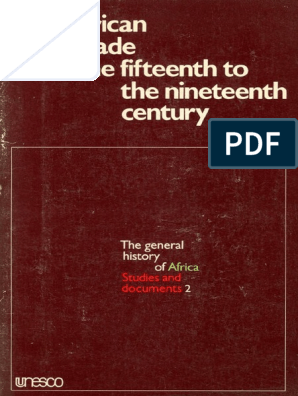100% found this document useful (1 vote)
98 views12 pagesRunning Head: LITERATURE REVIEW 1
This document provides a literature review on human trafficking. It begins by defining human trafficking as involving force, fraud or coercion to obtain labor or commercial sex. It notes that while sex trafficking is commonly associated with human trafficking, it encompasses much more, including forced labor in various industries. The review discusses how human trafficking victims can be anyone regardless of gender, age or other traits, and occurs globally. It examines the different forms of human trafficking, including sex trafficking, child labor, forced domestic or manual labor, and organ harvesting for profit. The review explores misunderstandings around defining and identifying human trafficking.
Uploaded by
api-402052777Copyright
© © All Rights Reserved
We take content rights seriously. If you suspect this is your content, claim it here.
Available Formats
Download as DOCX, PDF, TXT or read online on Scribd
100% found this document useful (1 vote)
98 views12 pagesRunning Head: LITERATURE REVIEW 1
This document provides a literature review on human trafficking. It begins by defining human trafficking as involving force, fraud or coercion to obtain labor or commercial sex. It notes that while sex trafficking is commonly associated with human trafficking, it encompasses much more, including forced labor in various industries. The review discusses how human trafficking victims can be anyone regardless of gender, age or other traits, and occurs globally. It examines the different forms of human trafficking, including sex trafficking, child labor, forced domestic or manual labor, and organ harvesting for profit. The review explores misunderstandings around defining and identifying human trafficking.
Uploaded by
api-402052777Copyright
© © All Rights Reserved
We take content rights seriously. If you suspect this is your content, claim it here.
Available Formats
Download as DOCX, PDF, TXT or read online on Scribd
/ 12






























































































